House of the Woodruffs becomes former Governor Flower Mansion
The former Governor Flower mansion once sat on the parcel of land which is now home to the Jefferson County Office Building on Arsenal Street. Norris W. Woodruff, proprietor of the largest hotel in the area during the 1800’s, Hotel Woodruff, lived in a stone house on this land having purchased it from the Sherman family in 1828 for $2,500.
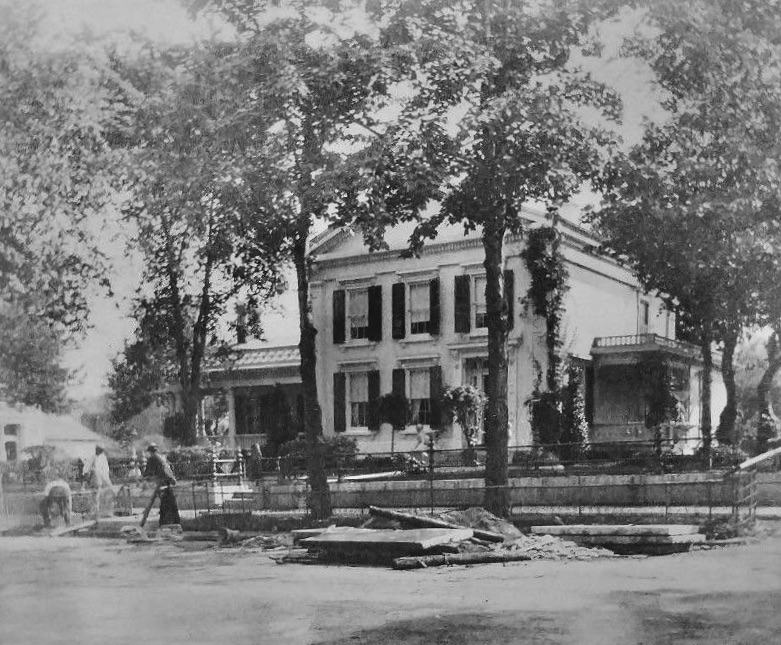
Upon expanding the acreage with subsequent purchases over the next year or so, Woodruff would replace the stone house with what would become the basis of the Flower Mansion. According to David Lane’s series “Old Houses of the North Country,” printed in the Watertown Daily Times, after Woodruff’s death in 1857, his wife would remarry to Judge Stephen Strong. From there–
In Mrs. Strong’s will dated July 13 1876 and recorded December 28 1883 she gave this house and contents to her daughter, Mrs. Sarah M Woodruff Flower, wife of Governor Roswell P Flower. In turn Mrs. Flower in her will executed December 3 1907 and recorded March 28 1929 gave this property and furnishings to her daughter, Mrs. Emma Flower Taylor. On March 27 1929 Mrs Taylor disposed of the place to Jefferson County for $40,000. The latter remodeled it as a county office annex and has so used it since the late Summer of 1929.
After Roswell & Sarah Flower moved in, they would have the structure improved and enlarged substantially. When Mr. Flower split his time between Washington D.C. as a member of the House of Representatives, then later as Governor of New York, and afterward, the mansion would be used more as a summer home for his extended visits from New York City.
As Emma Flower Taylor did with the brownstone mansion her father had built as a wedding gift, the Governor Flower mansion would be used by entities in need of space during World War I. In early 1918, she would offer the space to the local Jefferson County Chapter of the Red Cross for use as their headquarters. Two years later, upon hearing the difficulties of obtaining space and utilizing the State Armory‘s basement for meetings, she again offered the use of the mansion, this time to the Watertown Post American Legion.
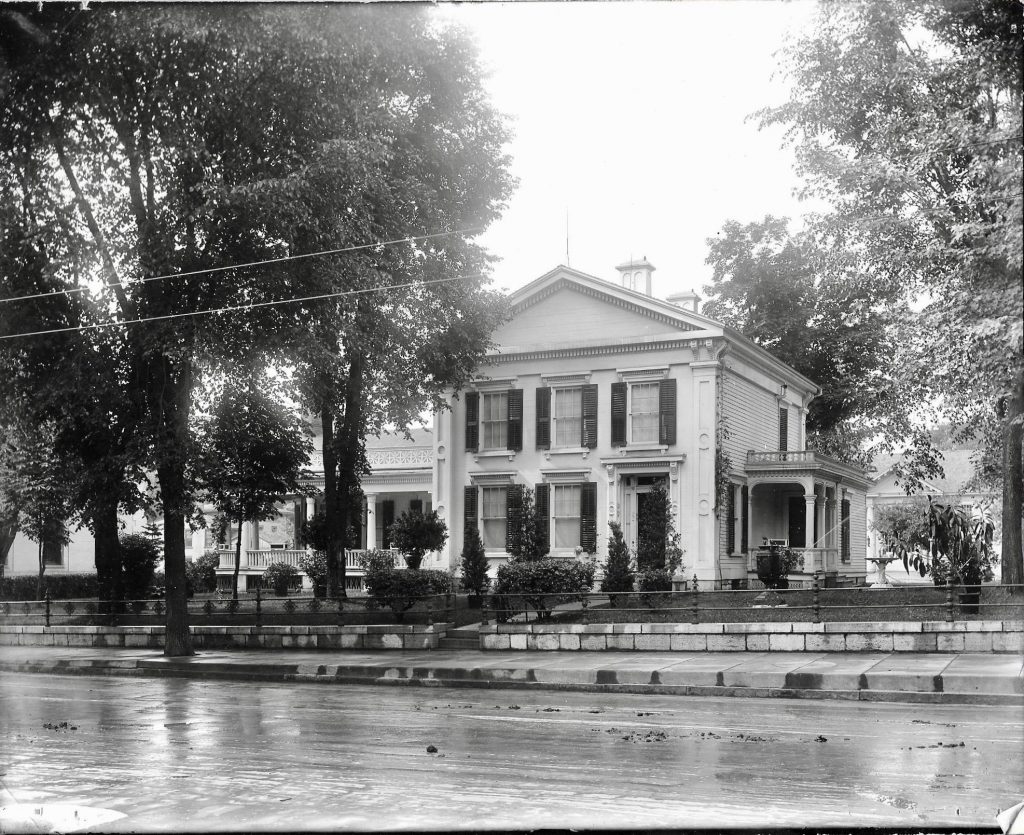
In 1927, the Watertown Chamber of Commerce tentatively planned to purchase the Governor Flower mansion from Emma Flower Taylor for $35,000 and use it as their headquarters. Their plans included demolishing the building and replacing it with a new, large block building with additional facilities. For whatever reason, the plans would fall through, and the county would acquire the property. Of course, it would only be a matter of time before the county needed more space.
In early 1936, the county would look at acquiring the caretaker’s quarters per the Times article on February 8–
Solution of the overcrowded condition of the Governor Flower mansion annex of the county buildings may be found in the purchase of Mrs. Sadie Little Wilcox’s life use of the caretaker’s house at the rear of the county’s property, it was said today. Purchase of property was made by the county subject to that life use arranged by the late Mrs. Emma Flower Taylor for Mrs. Wilcox. The matter is likely to come before the quarterly session of the board supervisors Monday.
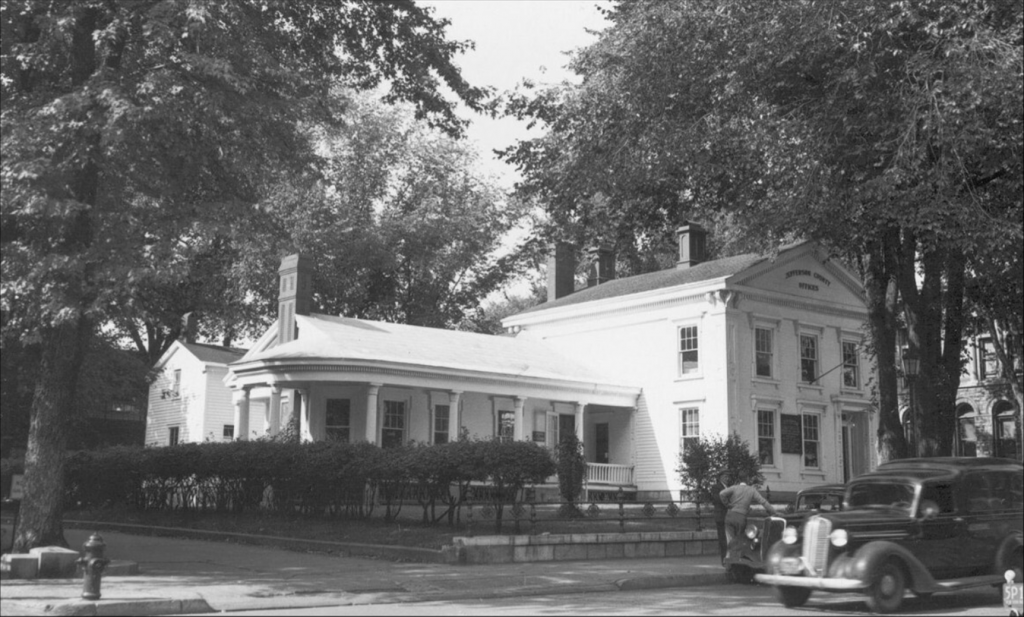
In July, the county would come to an agreement with Mrs. Wilcox, who would release the rights to the property in lieu of a monthly payment of $37.50, the equivalent of $744.51 in 2022, for the rest of her life. This allowed the county to move its welfare department into the quarters without the need to rent additional space or build additions to existing structures.
In August of 1963, the Times would report that the old Governor Flower mansion would soon be razed to make way for the construction of a $600,000, five-story structure that would hold most county offices. The newspaper would also state that the building had been allowed to go into disrepair in recent years. Artifacts of historical importance in the building would go to the Jefferson County Historical Society.
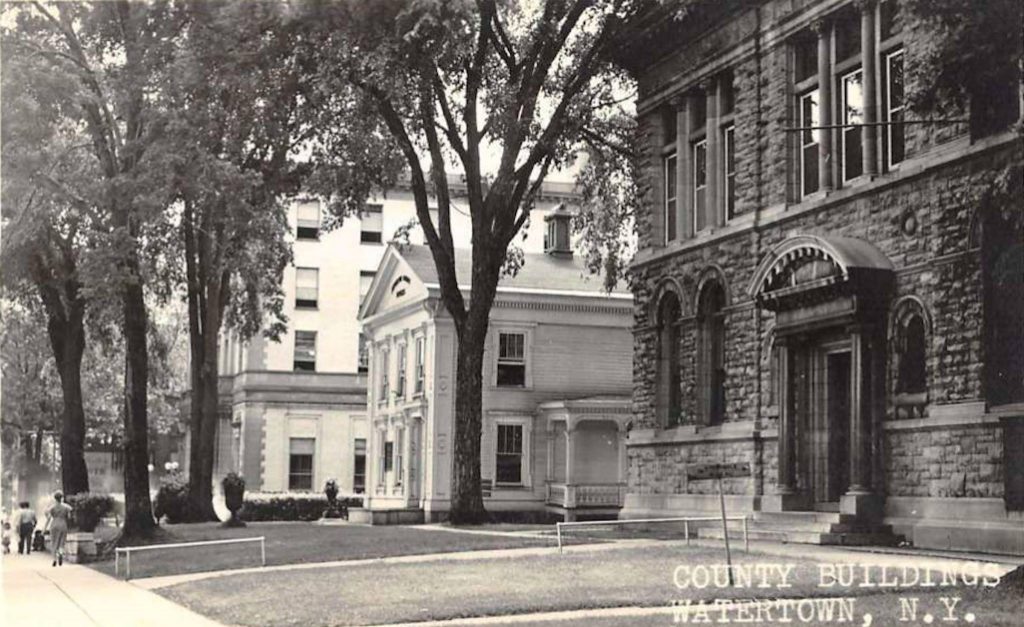
In mid-September of 1963, the approximately 133-year-old mansion would be demolished.
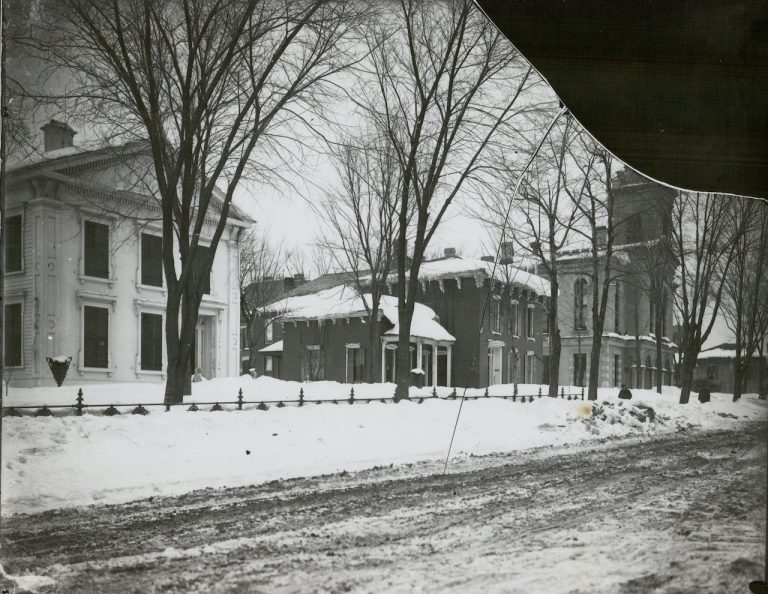
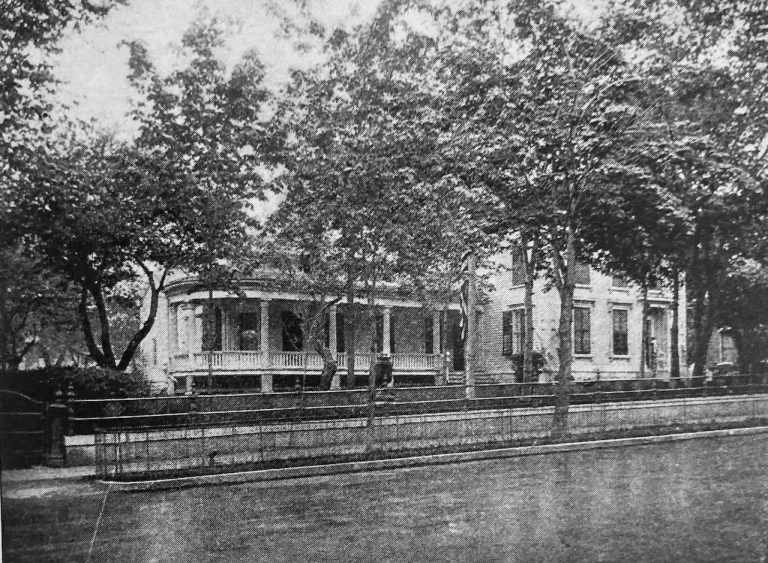

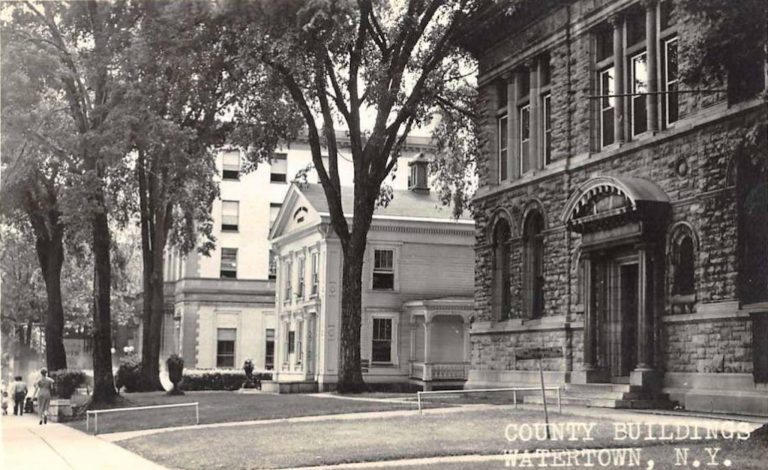
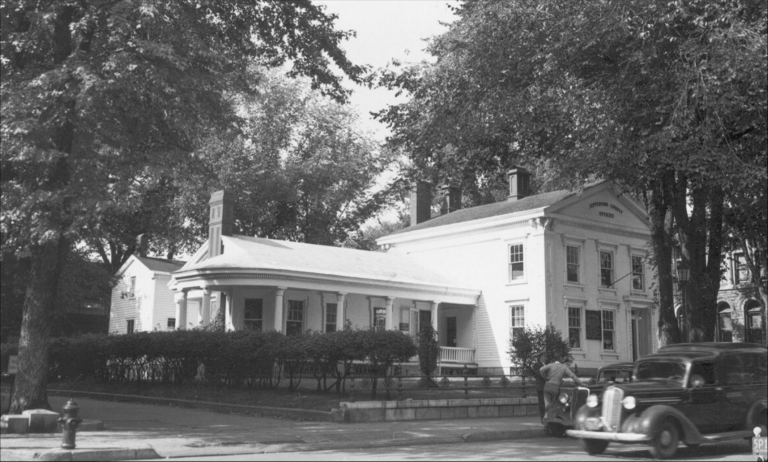
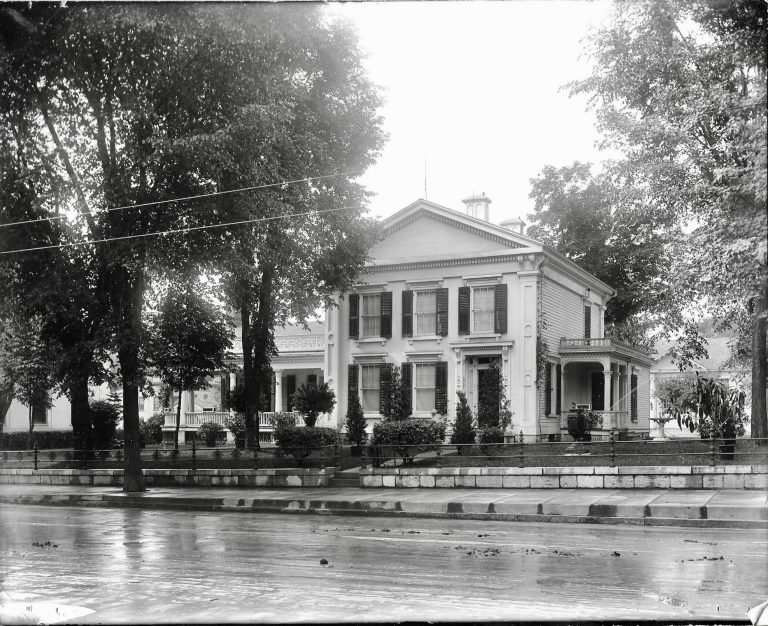
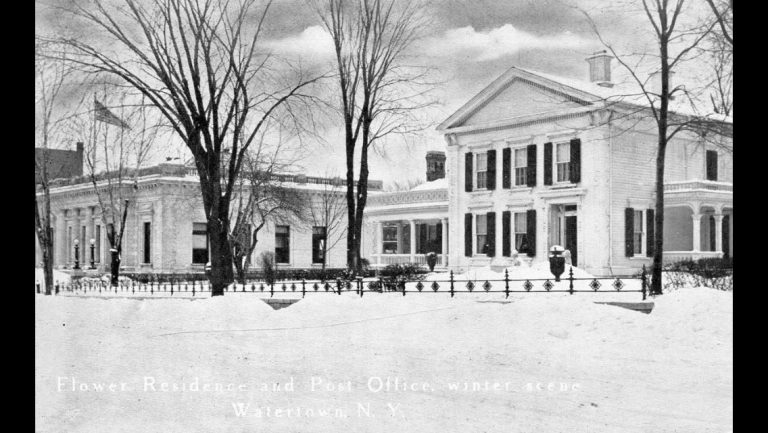
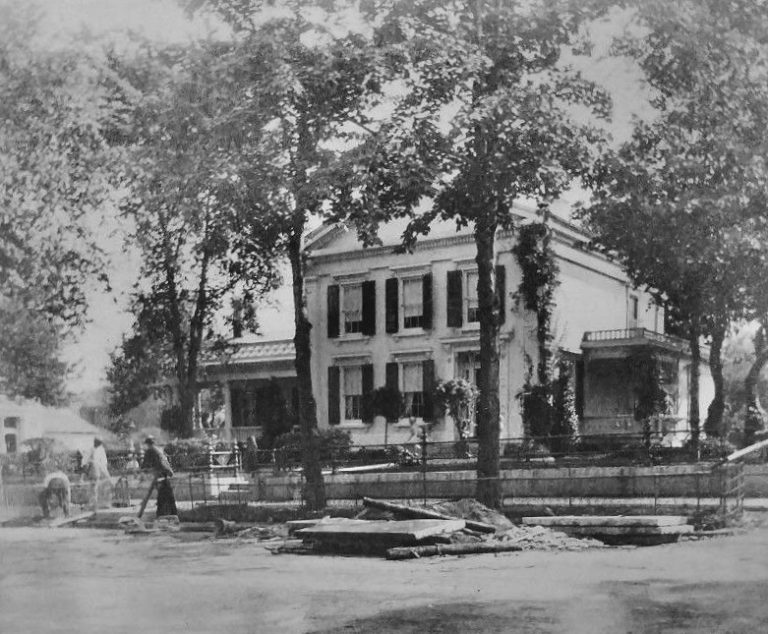
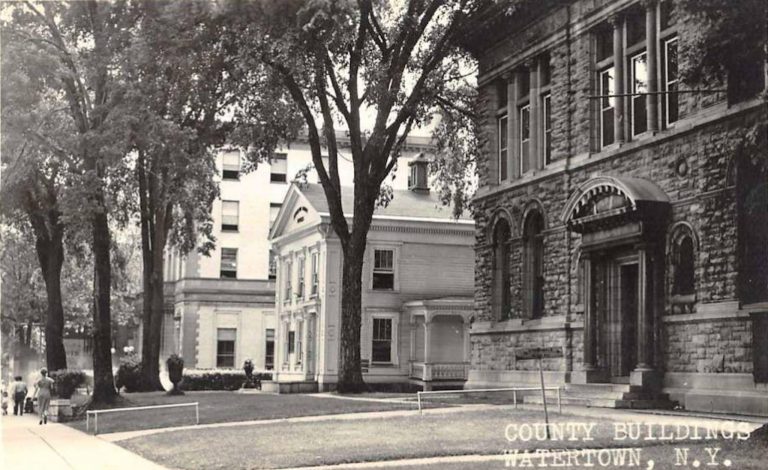
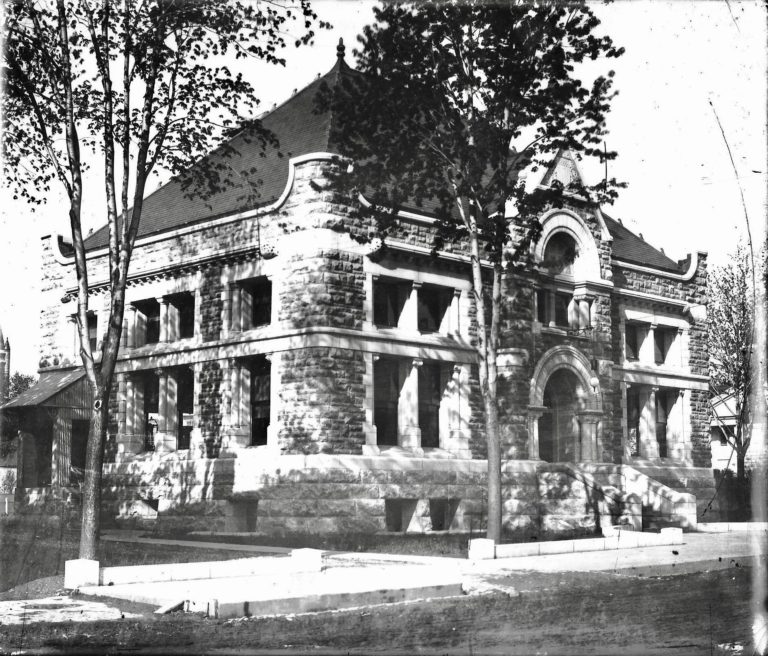

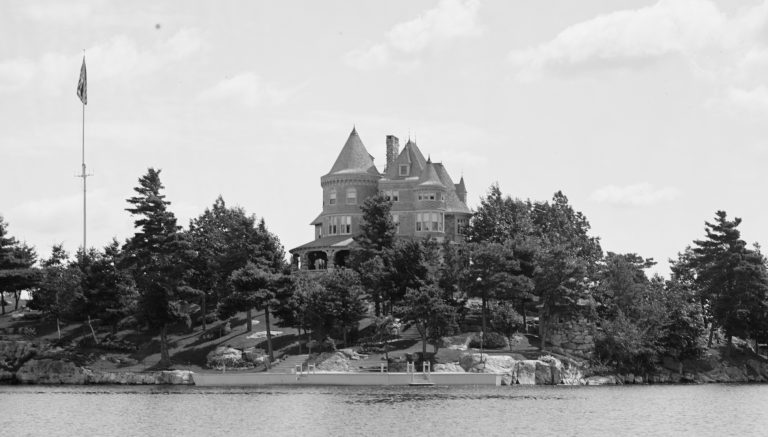
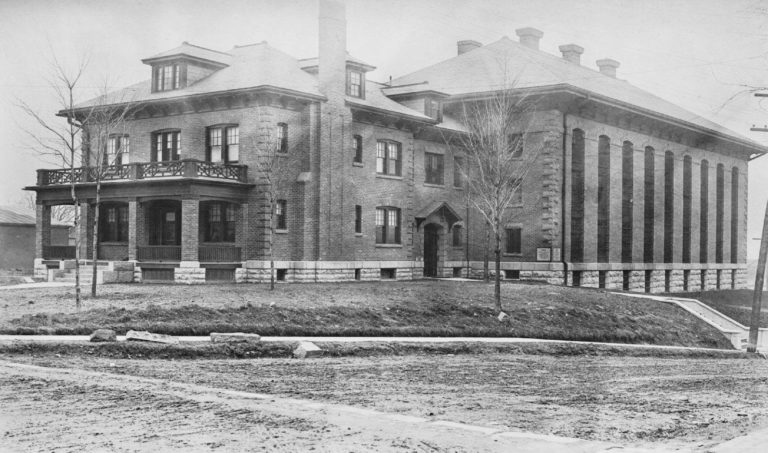

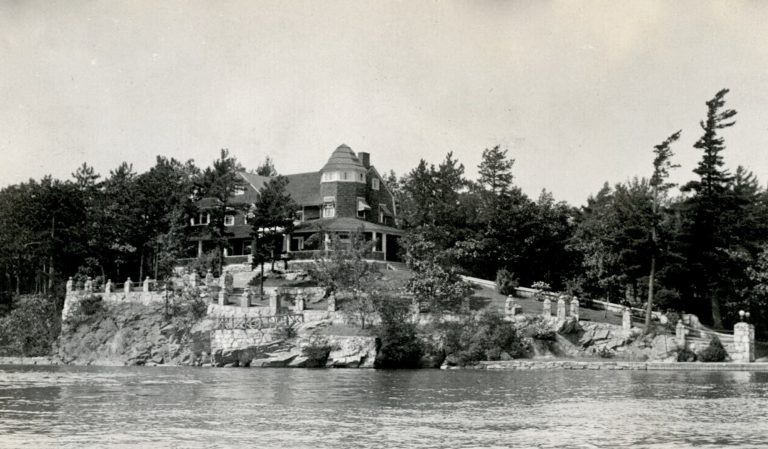

1 Reviews on “Governor Flower Mansion ( c. 1830 – 1963)”
Adding new photo.